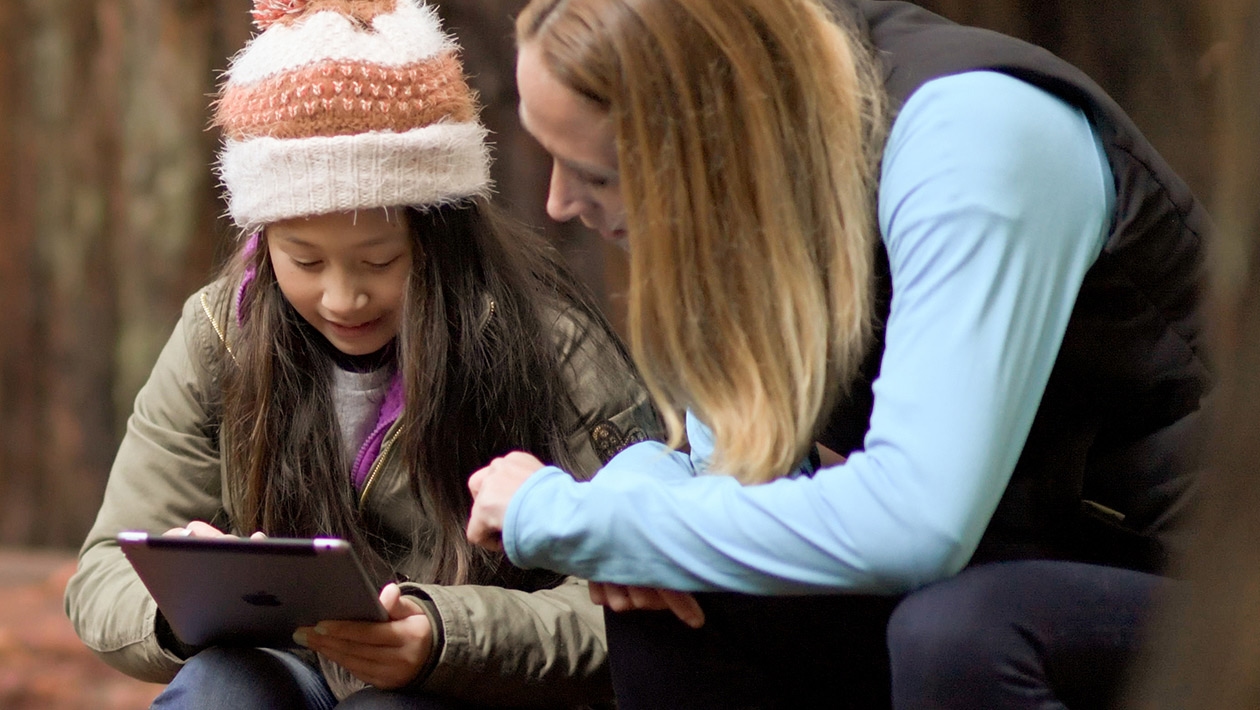These tips for developing online learning experiences will engage and empower pK-12 through University students and adult learners. Consider exploring these strategies as you develop a single lesson, unit, or entire course whether for elementary, graduate level students or adult learners. When creating online learning activities, take a holistic approach to curriculum by integrating these strategies and aspects of clear and concise processes, interactivity, active learning, choice, and creative expression.
These tips are organized into 4 categories : set the stage, raise curiosity, engage and empower, and reflect and adapt. Each stage groups together specific strategies.
1) Set the stage
Set clear learning objectives: Clearly define what students should achieve by the end of each online session or module. This helps focus your planning and guides students effectively. Provide clear instructions and expectations to ensure that assignments, activities, and expectations are clearly communicated to students, along with deadlines and grading criteria. Clarity reduces confusion and increases engagement.
Use varied content formats: Incorporate a mix of content including rich multimedia such as videos, infographics, podcasts, interactive quizzes, readings, images and discussion to cater to different learning styles and maintain interest.
Chunk content and activities: Break down content into manageable chunks or modules. This helps students digest information more easily and allows for better organization of materials. Incorporate interactive and collaborative activities throughout the learning to engage students and reinforce learning.
Create community: Foster a supportive online learning community by encouraging regular communication, sharing assignment submission publicly, or creating discussion boards for peer interactivity and feedback. Let learners work together and share their thinking processes.
2) Raise curiosity
Build in real-world applications: Connect theoretical concepts to real-world scenarios or examples relevant to students' lives or future careers to increase engagement and practical understanding. This makes learning meaningful and relevant.
Share examples: Examples provide concrete illustrations of abstract concepts, making them easier to grasp and remember. They bridge the gap between theory and practice, helping students understand expectation.
Promote self-paced learning: Offer resources and activities that allow students to learn at their own pace, while still providing structure and guidance where needed. Incorporate a learning map to help student place themselves along their learning journey.
Foster collaborative learning: Encourage collaborative projects and group discussions where students can learn from each other, share ideas, and solve problems together. Create an atmosphere of learning together, including yourself!
3) Engage & empower
Encourage choice and autonomy: Provide students with options for assignments or projects, allowing them to choose topics or formats that align with their interests and learning preferences. Providing choice increases student self awareness and confidence.
Make learning interactive: Utilize interactive tools like online polls, virtual simulations, and collaborative documents to actively engage students in the learning process. This creates an active learning environment rather than passive digestion of content.
Promote creative expression: Creative tasks can help students develop a range of valuable skills, such as innovation, communication, and adaptability. These skills are not only important for academic success but also highly valued in the workplace. Creative expression can boost students' confidence in their abilities.
Provide timely feedback: Regularly assess student progress and provide constructive feedback promptly. This helps students stay motivated and improves their learning outcomes.
4) Reflect & adapt
Reflect upon technology utilization: Explore and integrate educational technology tools that enhance learning experiences, but ensure they support your pedagogical goals rather than detracting from them. Look at the learning from a holistic lens and create a varied experience.
Share with colleagues: Colleagues can provide constructive feedback and diverse perspectives on what worked well and what didn’t. This feedback is crucial for identifying strengths and areas for improvement in the learning activity.
Collect feedback: The insights gained from feedback (from both colleagues and faculty) can inform the design of future experiences, ensuring that they are more effective, engaging, and aligned with best practices. Giving students a voice in the evaluation process empowers them and makes them feel valued.
Consider next steps: Reflecting on and planning for future work contributes to professional growth. It encourages a cycle of continuous improvement, helping to refine practice and stay responsive to students' needs and experience.














July 15, 2024 . English
English
Designing online learning experiences can often be a challenge. The tips you’ve provided are so instructive and helpful. As one who delivers online professional learning, I’m certainly going to use these as a guide. Also passing this along to educators who teach online. Thanks Mia!
This action is unavailable while under moderation.
This action is unavailable while under moderation.